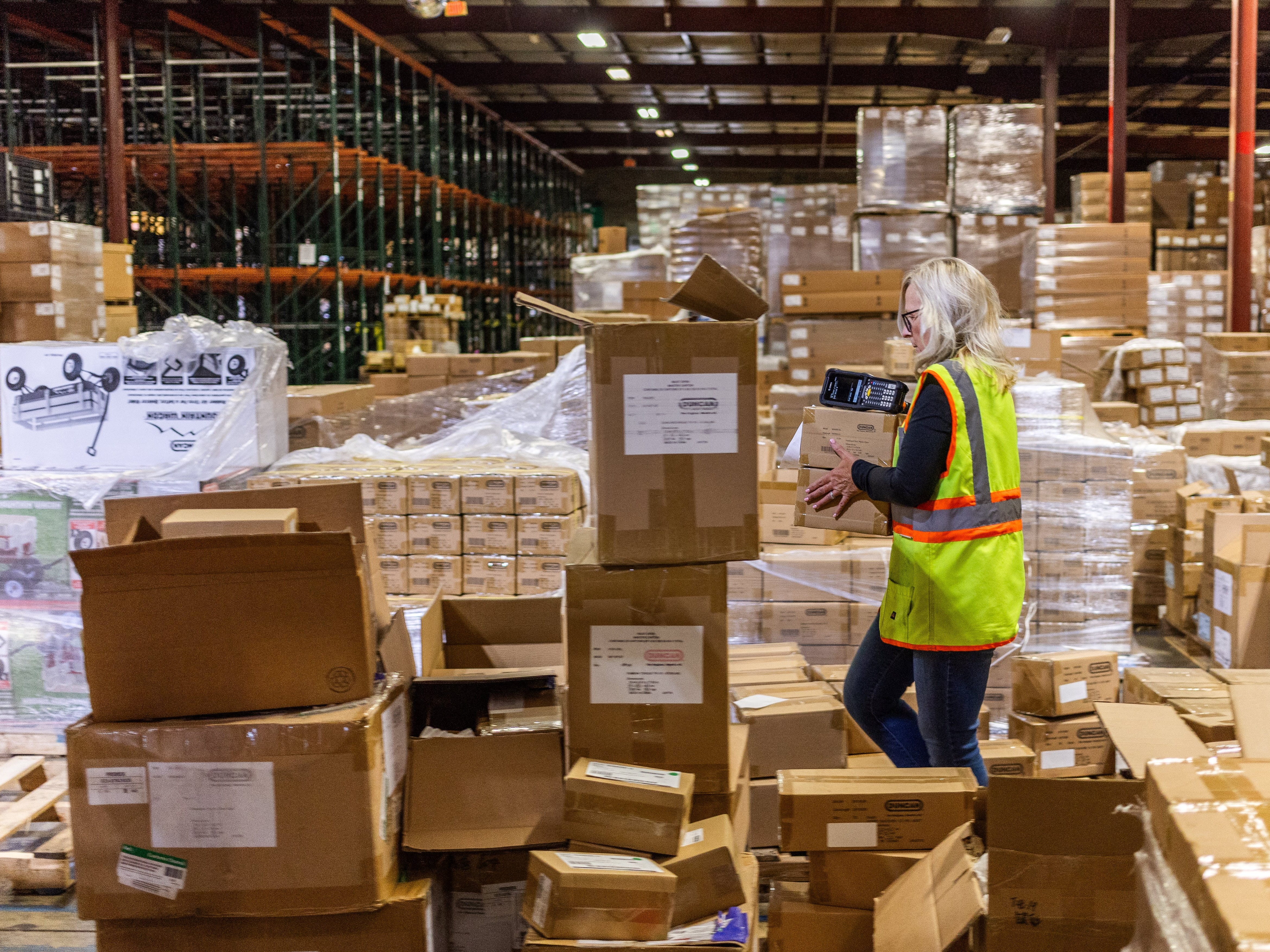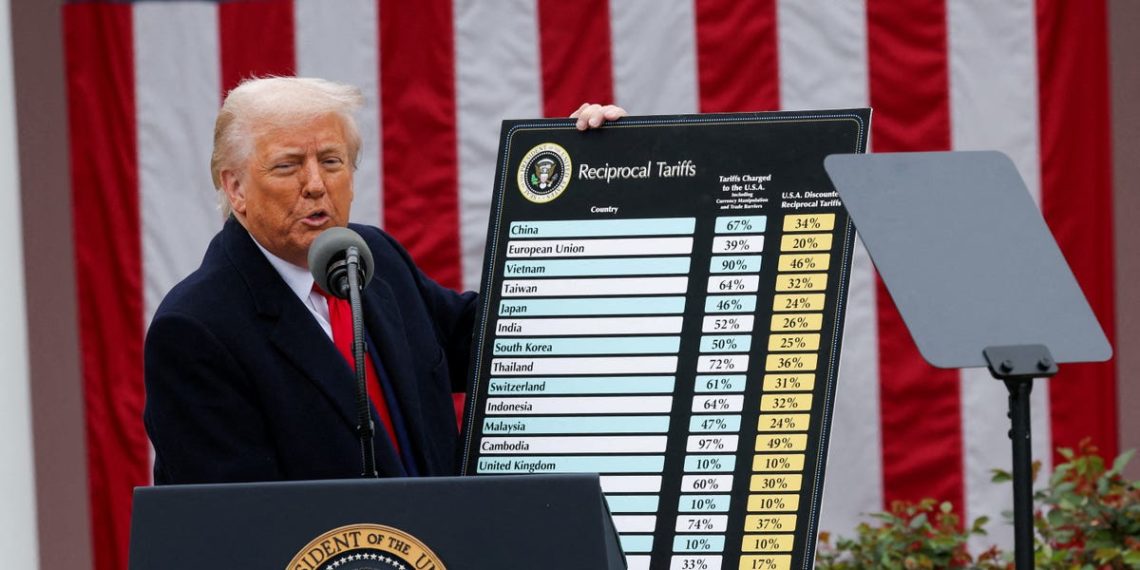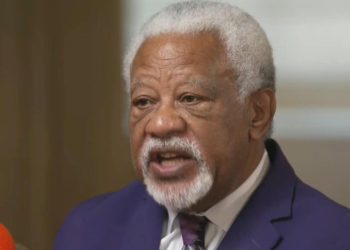
LEANDRO LOZADA/AFP /AFP via Getty Images
The end is near for de minimis.
Though President Donald Trump paused most of his announced tariffs for 90 days, de minimis shipping of China-made goods will come to an end much sooner.
The shipments, part of Section 321 of US customs law, allow for duty-free import of goods valued at less than $800. But as of May 2, de minimis shipments of China-made goods will no longer be allowed.
Moving manufacturing to the US could be expensive and time-consuming, so many brands are looking for ways to have some control over when they pay duties.
“The name of the game is duty deferral now if your goods are made in China,” Alex Yancher, the CEO of Passport Global, a startup that helps brands sell globally, told Business Insider.
Here are some strategies importers are exploring as they prepare for the end of de minimis and weather the storm of tariffs.
Storing inventory in a bonded warehouse
Bonded warehouses are federally licensed facilities that allow retailers to store goods without paying duty for up to five years. Rather than pay tariffs on an entire container of products, importers using this type of storage could instead fulfill smaller amounts of inventory and thus distribute their tax payments over a broader range of time.
Bloomberg reported that demand for bonded warehouses soared in the weeks after Trump’s “Liberation Day” announcement.
Third-party logistics provider ShipMonk is one company trying to meet customer demand for this type of storage. It’s converting parts of facilities in Texas, Kentucky, Nevada, and Canada into bonded warehousing space.
“The main thing here is the cashflow benefit, especially when brands are paying this exorbitant rate for duties and tariffs now,” ShipMonk’s president, Kevin Sides, told BI.
Shipping into a foreign trade zone
Similar to bonded warehouses, foreign trade zones allow importers to temporarily defer tariff payments. Both options also allow merchants to hold inventory in the US while waiting to see what happens next with tariffs.
Jeffrey Tafel, president of the National Association of Foreign-Trade Zones, told the FT that interest in foreign trade zones is two to four times higher since Trump took office this year.
Fulfilling orders closer to where they’re manufactured
Though the end of de minimis means low-value goods won’t be duty-free as of May 2, shipping orders from near where they are manufactured can still provide some advantages.
Portless is a startup that fulfills brands’ orders in China and then ships them on planes directly to customers. Founder and CEO Izzy Rosenzweig describes it as a “balance sheet strategy” suited to smaller brands that don’t have lots of cash on hand to pay tariffs.
“You only get taxed once a good enters the country. Portless is near the factory, so your goods have never entered the country,” Rosenzweig said. “Don’t bring it into the country unless you need to, and then do parcel by parcel shipments into the country.”
Fulfilling orders from a neighboring country
Similarly, brands are exploring nearshoring, or fulfilling orders from Canada or Mexico.
“Nearshoring helps defer US duties because you only import what you sell into the US and pay duties at that point vs. importing pallets and paying the duties all at once upon import,” Yancher said.
Diversifying suppliers and materials
Trade experts also recommend that brands research their supply chain to see whether they can save on tariffs by manufacturing in another country.
They could also do some tariff engineering, or change a product’s design enough that it could be classified under a different category with lower tariffs. It’s a strategy that has been used by Columbia Sportswear and Converse sneakers over the years.
Have a tip? Contact this reporter via email at [email protected] or Signal at @mlstone.04. Use a personal email address and a nonwork device; here’s our guide to sharing information securely.
The post 5 ways brands can delay or reduce tariff costs as de minimis comes to an end appeared first on Business Insider.




